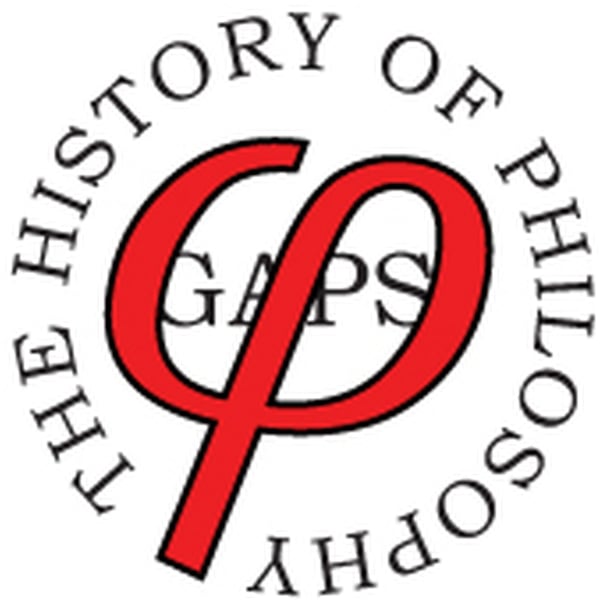HoP 405 - Divide and Conquer - the Spread of Ramism
History of Philosophy Without Any Gaps
Peter Adamson
4.7 • 1.9K Ratings
🗓️ 9 October 2022
⏱️ 20 minutes
🧾️ Download transcript
Summary
Transcript
Click on a timestamp to play from that location
| 0:00.0 | Hi, I'm Peter Adamson, and you're listening to the History of Philosophy podcast, brought to you with the support of the philosophy department at Kings College London and the LMU in Munich, online at historyofphilosophy.net. |
| 0:28.0 | Today's episode, Divide and Conquer, the spread of Ramism. |
| 0:34.0 | It's been a while since we heard from the Department of Nominative Determinism here at Hot Wide Headquarters. |
| 0:40.0 | The last time they spoke up, it was to point out how appropriate it was that Pico delle Merandela was born into the title Count of Concord. |
| 0:48.0 | But it just circulated a memo after hearing the last episode about Peter Ramus in French Pierre-Dedardre May. |
| 0:56.0 | It turns out that Ramus means branch in Latin, so it's almost too good to be true that Ramism, the movement inspired by his ideas, is renowned for its use of branching diagrams that lay out conceptual divisions. |
| 1:09.0 | There are many, many examples, but a nice one would be the division of philosophy itself, presented by Johann Freigit in 1576. |
| 1:18.0 | It divides our favorite discipline into parts and instruments, with the parts further divided into the study of natures and the study of ethical issues. |
| 1:27.0 | The study of natures, again, has two subdivisions. Since we can study quantities or qualities, the former being mathematics, the latter, the physical sciences. Finally, mathematics is divided into arithmetic and geometry. |
| 1:40.0 | Of course, listening to me go through that is much less clear than seeing it on the page with branching lines showing the relationships like in a family tree set on its side, and clarity was the point. |
| 1:51.0 | As the medieval jurist Utso had pointed out centuries earlier, division stimulates the mind of the reader, provides sense to the intellect, and cleverly molds the memory. |
| 2:02.0 | The practice of division goes back way further than that. The technique is already found in the dialogues of Plato, especially the sophist and the statesman, which helped to inspire Ramos. |
| 2:12.0 | Plato mostly worked with divisions into two or dichotomies, but occasionally allowed divisions into more than two. Likewise, the Ramos. |
| 2:21.0 | For instance, that diagram by Freigit is mostly dichotomous, but lists six disciplines under the physical sciences. |
| 2:28.0 | Ramos may also have been influenced by more recent divisions, like those that became increasingly common in medical literature around the 1530s. |
| 2:36.0 | But by the turn of the 17th century, the branch diagrams had become a hallmark of Ramos. |
| 2:42.0 | They captured visually everything this movement represented, good and bad. Diagrams are clear and easy to understand, but they can easily be suspected of sacrificing nuance for the sake of that clarity. |
| 2:54.0 | Living in a post-Ramos world would take for granted the way that tables and charts present information in a highly abstract manner, and we understand that the abstraction is a two-sided coin. |
| 3:04.0 | With power to instruct, comes power to mislead, as when a chart highlights a certain kind of information while suppressing others. |
| 3:12.0 | You're also more liable to remember information presented in tabular form, a fact that made Ramosem quietly revolutionary. |
| 3:19.0 | It proposed a change to something as fundamental as the way people remember. |
| 3:24.0 | Neemonic techniques were at least as old as philosophy itself, already Aristotle talks about them in his short treatise on memory. |
... |
Transcript will be available on the free plan in -901 days. Upgrade to see the full transcript now.
Disclaimer: The podcast and artwork embedded on this page are from Peter Adamson, and are the property of its owner and not affiliated with or endorsed by Tapesearch.
Generated transcripts are the property of Peter Adamson and are distributed freely under the Fair Use doctrine. Transcripts generated by Tapesearch are not guaranteed to be accurate.
Copyright © Tapesearch 2025.

